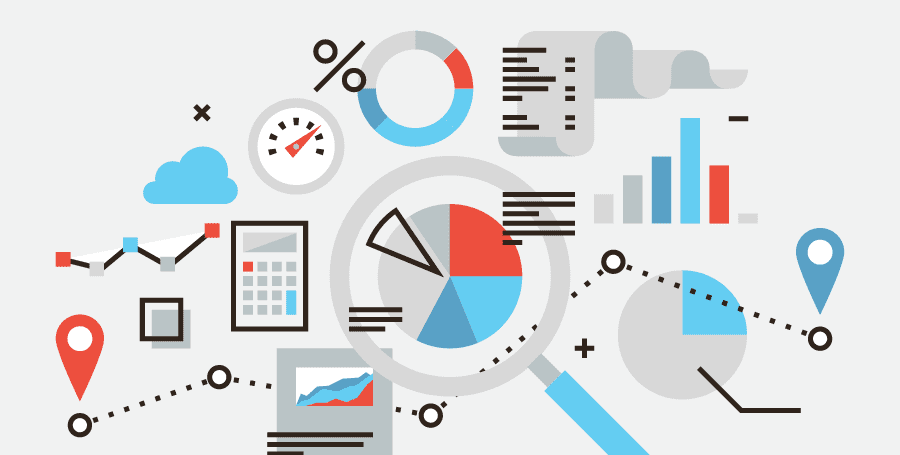Cultural and technological shifts are creating revolutionary change within the fashion and lifestyle industry.
Social media, big data, advanced analytics, and cloud computing are generating unprecedented opportunities for businesses, who are converging these technologies to adapt their business models and cater to the demands of the new “digital” consumer.
Today’s industry doesn’t look the same as a year ago. It will change even more in the coming years.
Here are trends that are creating this new disrupted and unpredictable future:
1. Sophistication of Consumer Demand
To be successful, fashion brands need to meet rising consumer expectations. Evolving consumer expectations will cause fashion firms to innovate. Staying competitive and relevant in the industry will be ever-harder.
Brands and retailers need to adapt their business models to gain a single view of each customer, integrating their shopping data with behavioral profiling and preferences. Multi-channel shoppers have already led to omnichannel retail, which is sure to keep growing.
2. Faster Fashion Cycles
The rate at which products are introduced, adopted, peak in popularity, and then fall out of fashion is speeding up. The market is also squeezing more fashion cycles into each season.
While the fashion and lifestyle industry has always been a volatile one, faster fashion cycles will make it harder to synchronize supply with demand. Consequently, fashion companies will need tools to monitor the popularity of a particular line and adapt to spikes and troughs in demand.
3. Consumer-centric, Demand-Driven Supply Chain
The previous decade saw retailers improving supply chain efficiency. Fashion companies now have to combine efficiency, agility, and predictive analytics to synchronize processes across the total value chain. The goal is to match fashion offerings to consumer preferences in real-time.
Fashion retailers and labels that give greater attention to consumer demand and improve their ability to alter or re-route supply to meet changes in demand will benefit from drastically improved logistics, reduced out-of-stocks, and markdown dollars. They’ll be able to earn consumer validation and expand their market share.
4. Personalization and Analytics
How existing and potential customers interact with a fashion brand online can unearth valuable behavioral patterns. Capturing these digital footprints has become a standard, yet managing the large volumes of data it requires has left retailers struggling to find the right infrastructure to make sense of it all.
Knowing how to sift through the stack of information and pinpoint key data to develop new tactics is the best way to use of data-mining technologies. Used strategically, this will lead to new growth strategies.
5. Cloud Agility
To increase productivity and keep up with today’s fast-changing world, retailers must adapt and capitalize on market shifts. Cloud technologies allow businesses to do this by eliminating the delays and inadequacies in operational and BI systems. Using the power and speed of in-memory database and analytics, businesses can quickly reconfigure business processes or extend information to employees and partners across the globe – without the need for IT resources.
Combining transaction processing and analytics on a single platform will also help businesses analyze and determine the best course of action with unprecedented speed.

